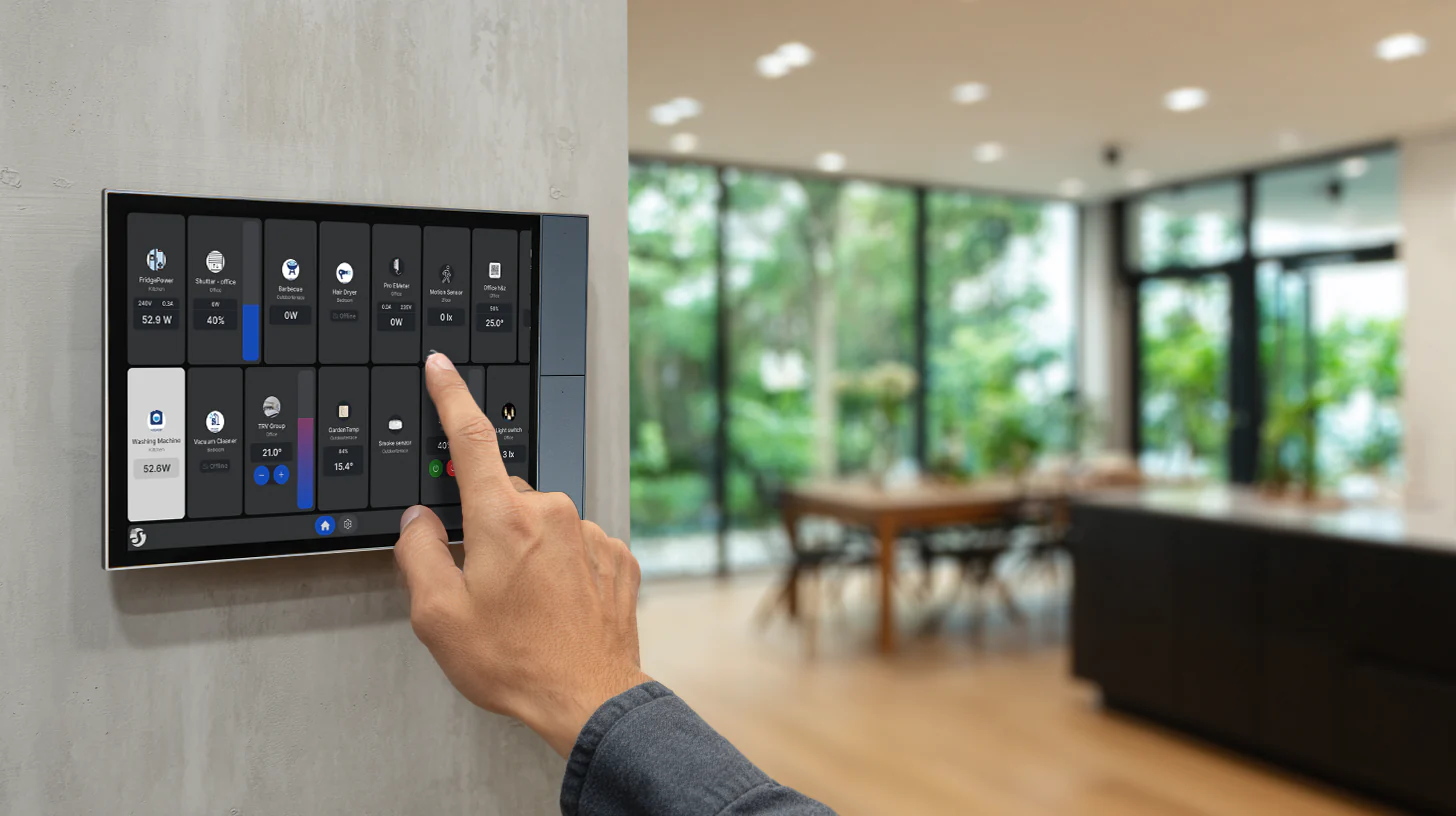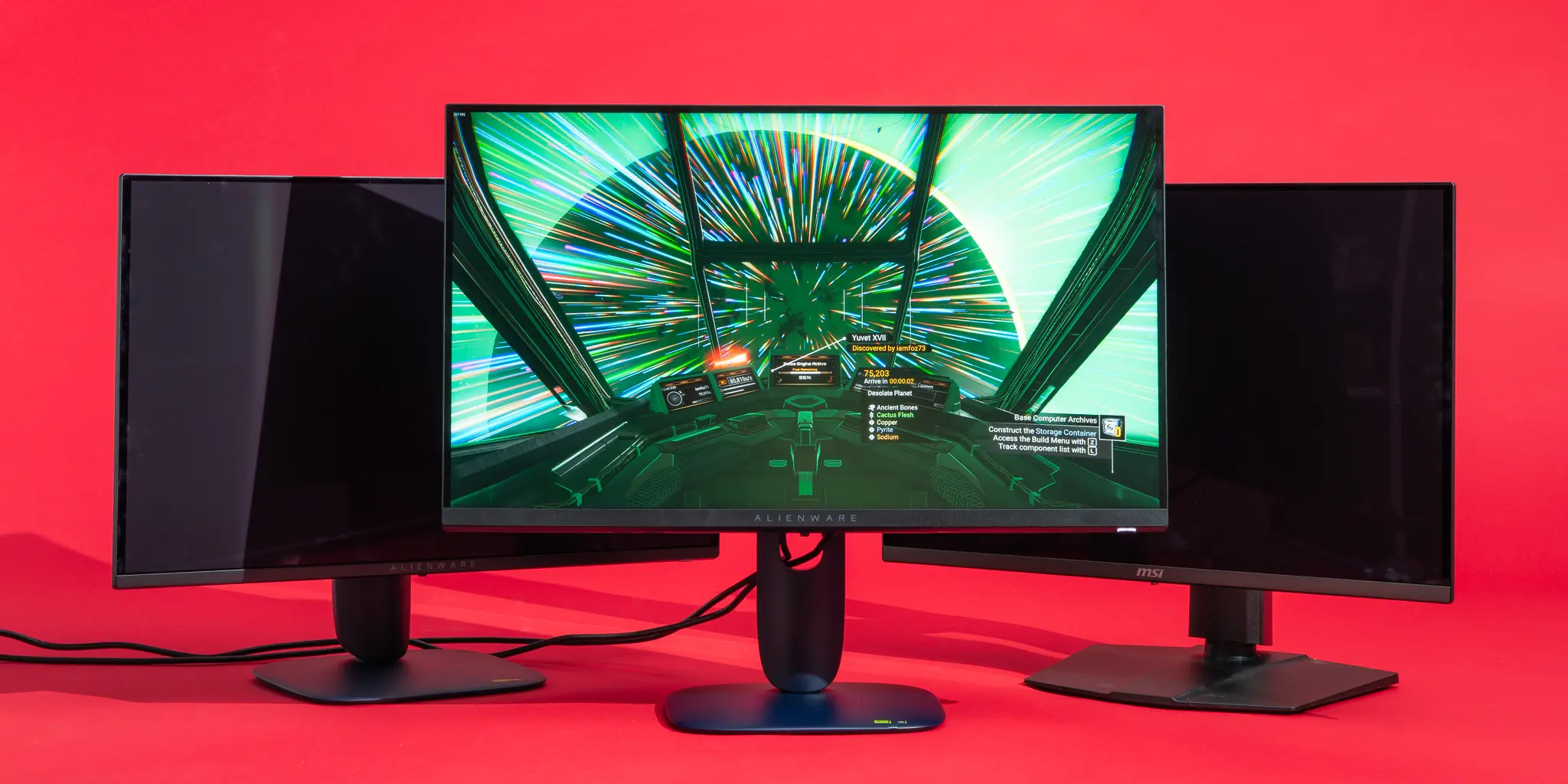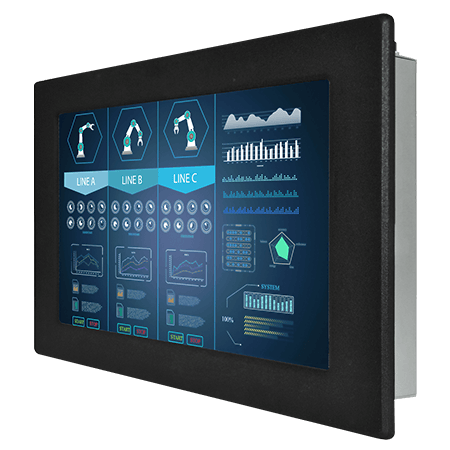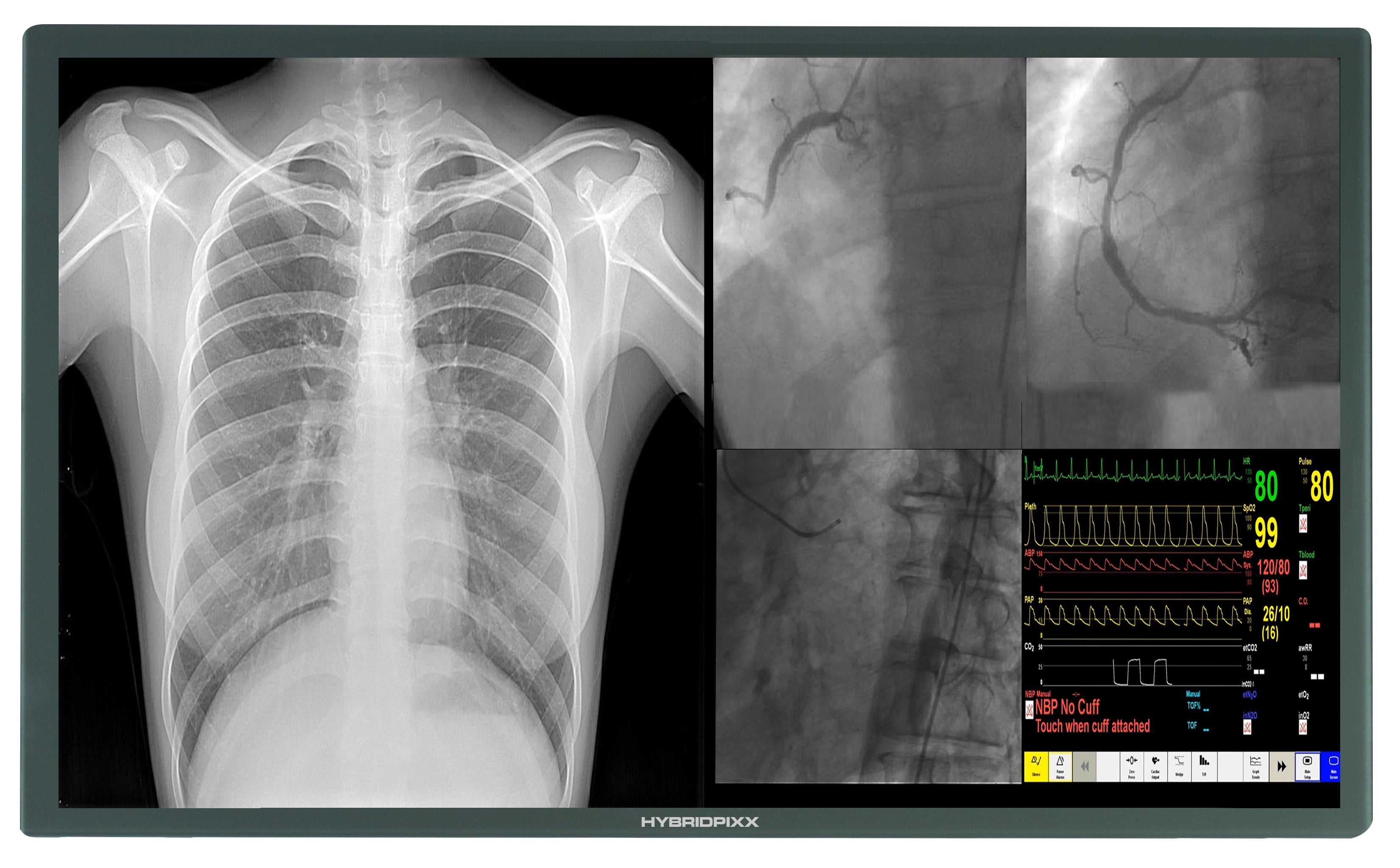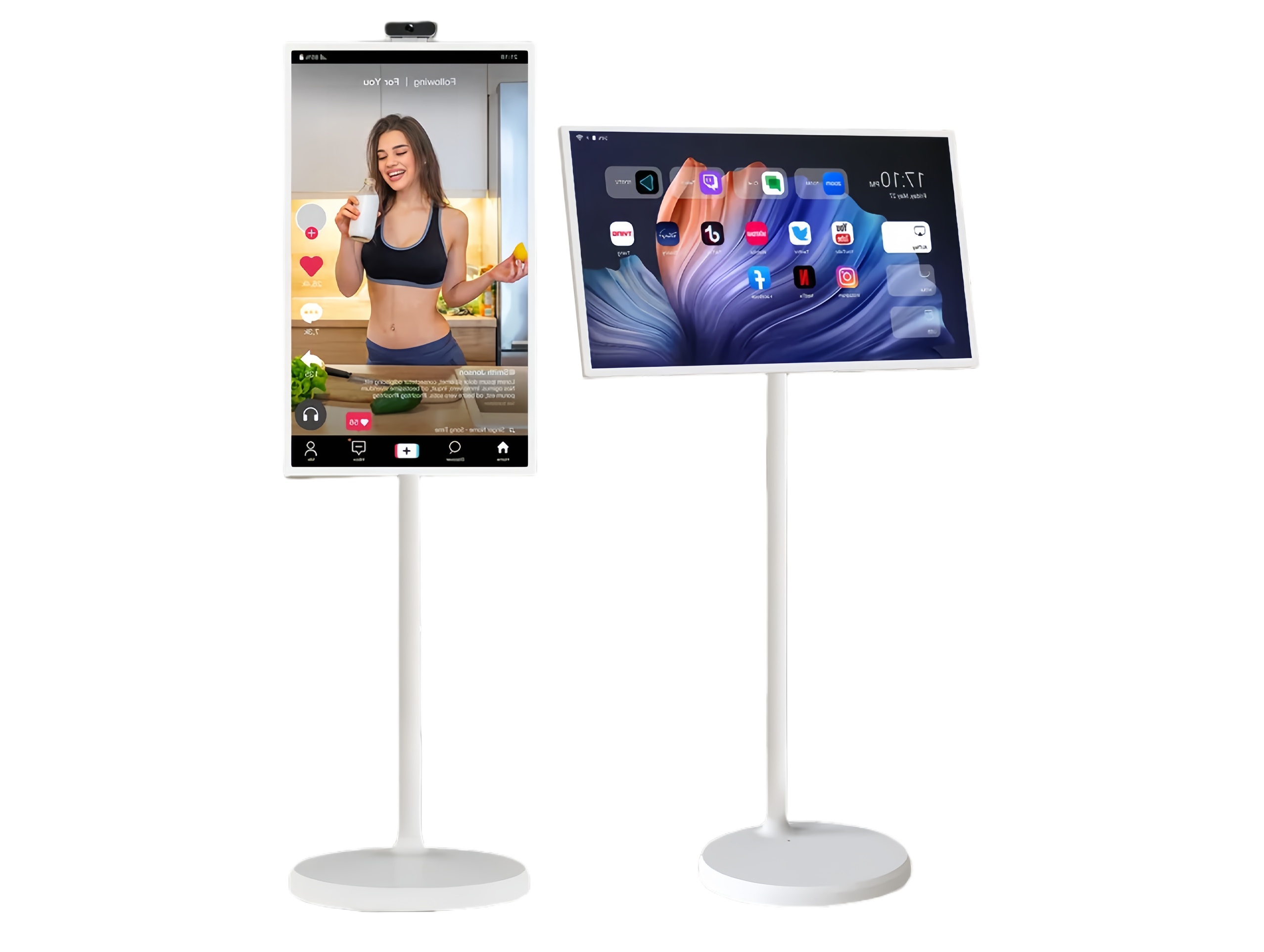In the era of Industry 4.0, the core of Factory Automation has shifted from simple mechanization to intelligent human-machine interaction. The cluttered panels of physical push buttons, switches, and indicator lights are rapidly being replaced by dynamic, powerful Industrial Touch Screens. This evolution is not merely an aesthetic upgrade; it represents a fundamental enhancement of production efficiency, operator safety, and data-driven management. This guide provides a definitive analysis of how modern HMI (Human-Machine Interface) technology serves as a catalyst for smarter, more productive manufacturing.
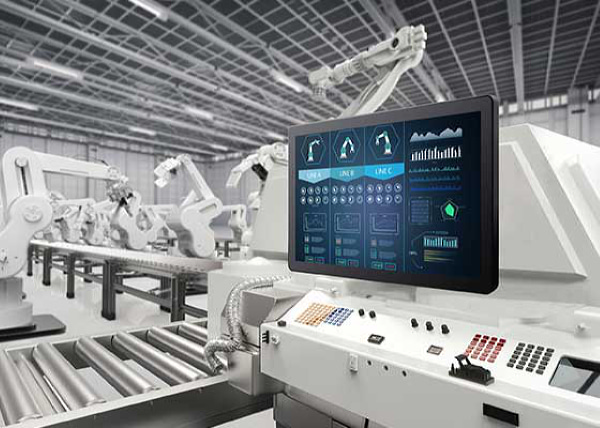
Benefit #1: Streamlining Operations with Centralized Industrial Control
The most immediate impact of adopting a touch screen HMI is the dramatic simplification and centralization of machine operations.
Consolidating Machine Controls into a Single Interface
An Industrial Touch Screen can consolidate the functions of dozens of physical controls into a single, organized graphical interface. Operators no longer need to move between multiple panels or memorize complex button sequences. All necessary controls for a machine or a production line can be accessed from one central point, creating a more efficient centralized control system.
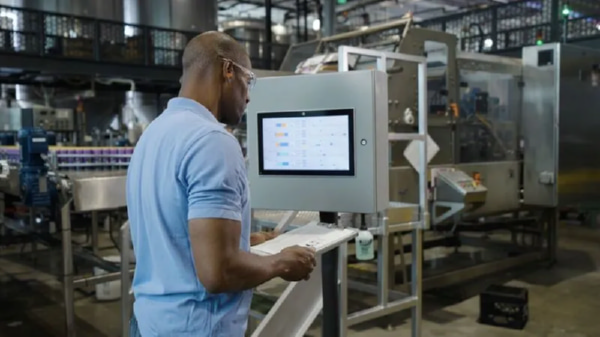
Reducing Operator Training Time
An intuitive interface with clear graphics, icons, and text descriptions is significantly easier to learn than a complex physical control panel. This drastically reduces the time and cost associated with training new operators and minimizes the learning curve for operating new or updated machinery.
Minimizing Human Error in Complex Processes
With guided workflows, on-screen prompts, and context-sensitive controls, a smart HMI can significantly reduce the potential for human error. By only presenting the relevant options for a specific task, the interface actively prevents incorrect inputs that could lead to production downtime or material waste.
Benefit #2: Enhancing Operator Safety with Intuitive HMIs
Operator safety is a paramount concern in any manufacturing environment. Modern touch screen HMIs offer several features that create a safer workplace.
Clear, Graphical Alarms and Status Indicators
Instead of a simple blinking light, a touch screen can display clear, detailed alarm messages in multiple languages. It can use color-coding and graphical representations of the machine to pinpoint the exact location and nature of a problem, enabling faster and safer responses.
Multi-Level User Access and Security
HMIs allow for multi-level password protection. This ensures that only trained and authorized personnel can access critical machine settings or maintenance functions. This security layer prevents unauthorized adjustments that could compromise operator safety or damage equipment.
On-Screen Manuals and Troubleshooting Guides
Instead of searching for a paper manual, operators can access documentation, schematics, and step-by-step troubleshooting guides directly on the screen. This immediate access to information empowers them to resolve minor issues safely and efficiently.
Benefit #3: Enabling Data-Driven Decisions with Real-Time Visualization
Industrial Touch Screens are not just control devices; they are critical windows into the health and performance of the factory floor. This focus on data visualization is a cornerstone of modern Factory Automation.
Displaying Live Production Data (OEE, SPC)
An HMI can display key performance indicators (KPIs) in real time. This includes metrics like Overall Equipment Effectiveness (OEE), Statistical Process Control (SPC) charts, and production counts, turning raw data into actionable insights for floor supervisors.
Visualizing Machine Health and Maintenance Alerts
The HMI can serve as a diagnostic hub, displaying alerts for required maintenance, sensor readings, and motor temperatures. This predictive capability allows teams to address potential issues before they cause catastrophic failures.
Integrating with SCADA and MES Systems
Modern HMIs are designed to be a crucial node in the factory's information ecosystem. They seamlessly integrate with higher-level SCADA (Supervisory Control and Data Acquisition) and MES (Manufacturing Execution System) software, ensuring a consistent flow of data from the machine level to the enterprise level.
The Non-Negotiable Requirement: Why You Need a Rugged Touch Screen
The benefits described above can only be realized if the HMI itself can survive the demanding conditions of the factory floor. This is why a purpose-built Rugged Touch Screen is not a luxury, but a necessity.
The Harsh Realities of the Factory Floor
Industrial environments are unforgiving. They are subject to dust, moisture, vibration, extreme temperatures, and electrical noise.
Why Consumer-Grade Screens Fail in Industrial Settings
A consumer-grade tablet or display is not designed for this reality. It lacks the sealing, structural integrity, and electronic hardening to operate reliably for years in a 24/7 manufacturing setting. Using one is a recipe for frequent and costly failures.
Key Features of a High-Performance Industrial Touch Screen
A true Industrial Touch Screen is engineered from the ground up for reliability. Key features include:
- IP65 Rated for Water and Dust Protection: A front-bezel rating of IP65 ensures the unit is sealed against dust ingress and can withstand low-pressure water jets, making it suitable for washdown environments.
- Reliable Operation with Gloves and Wet Fingers: Industrial operators often wear gloves. A high-quality industrial HMI will use a touch technology (either advanced capacitive or resistive) that guarantees flawless operation with gloved hands.
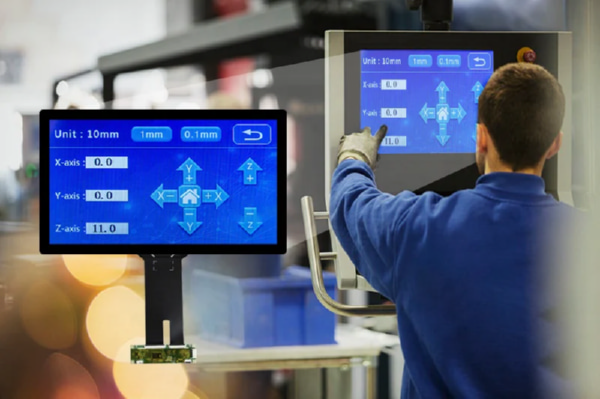
- Robust EMI Shielding for Noisy Environments: Factories are full of motors and drives that create significant electromagnetic interference. Robust EMI shielding is essential to prevent this noise from causing "ghost" touches or other erratic behavior.
- Wide Operating Temperature and Vibration Resistance: These screens are designed to function flawlessly across a wide temperature range and are built to withstand the constant vibration of heavy machinery.
The Touch Screen: A Cornerstone of Modern Factory Automation
In conclusion, the modern Industrial Touch Screen is far more than a simple replacement for buttons. It is a powerful tool for Industrial Control that drives efficiency, enhances safety, and enables the data-driven insights at the heart of Industry 4.0. By choosing a Rugged Touch Screen with the right features, you are investing in a cornerstone technology for your Factory Automation success.
Frequently Asked Questions (FAQ)
Can your industrial touch screens connect directly to a PLC?
Yes. Our Industrial Touch Screens are designed for easy integration. They can connect to a Programmable Logic Controller (PLC) through various standard protocols. The HMI software allows you to easily map on-screen buttons and indicators to PLC tags and registers.
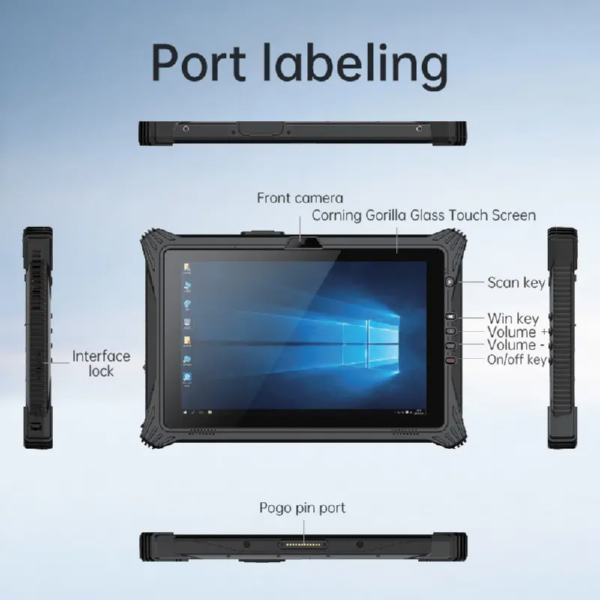
What is the difference between a resistive and a capacitive industrial touch screen?
Both are used in industrial settings. A resistive screen works with any type of glove and is highly immune to electrical noise, making it a traditional choice for reliability. A modern industrial capacitive screen offers a superior user experience with multi-touch and gestures, and can be engineered with advanced controllers to also work with gloves and in noisy environments.
How do you ensure the long-term reliability of your HMIs for 24/7 operation?
We ensure long-term reliability through a multi-faceted approach: using industrial-grade components with long lifespans, designing for effective heat dissipation, subjecting our HMIs to rigorous vibration and environmental testing, and providing robust housing with high IP ratings. For specific project requirements, we invite you to explore our portfolio of rugged industrial touch screens or contact our automation specialists for a free consultation.

